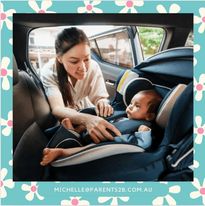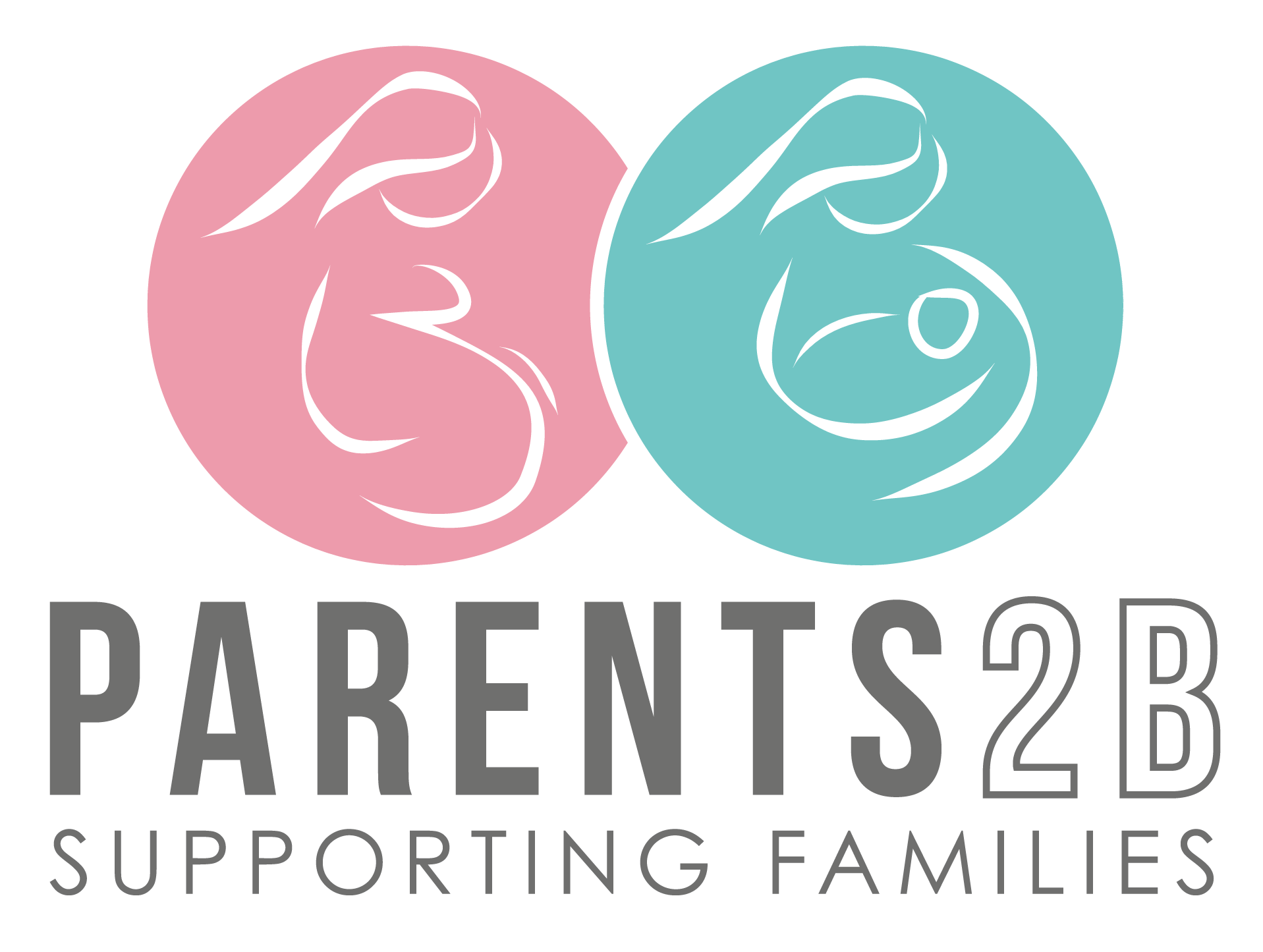No products in the cart.

Keeping Your Little One Safe – Latest Australian Standards for Car Seats
Welcome to parenthood—a journey filled with love, laughter, and a whole lot of learning. One of the most important things you’ll do as a new parent is ensuring your baby’s safety on the road. In Australia, child car seat safety is governed by strict standards, and staying updated with these guidelines is key to protecting your little one.
Here’s what you need to know about the latest Australian Standard Recommendations for car seats.
1. The Right Seat for the Right Age and Size
Under the current Australian standards (AS/NZS 1754), it’s crucial to use the correct car seat based on your child’s age, height, and weight:
-
Rear-Facing (0-6 months to 2 years): For newborns and infants, a rear-facing seat provides the best protection. Keep your child in a rear-facing position as long as possible, ideally until they are at least 2 years old / as long as their size allows.
-
Forward-Facing (2 to 4 years): Once your child outgrows their rear-facing seat, move them to a forward-facing seat with an inbuilt harness.
-
Booster Seat (4 to 7 years): As your child grows, transition them to a booster seat. It’s recommended that they stay in a booster seat until they are at least 7 years old and can safely use a seatbelt.
-
Seatbelt (7 years and above): Once your child has outgrown their booster seat, they can transition to using a standard seatbelt. Ensure that the seatbelt fits correctly across their shoulder and chest. Again it is recommend that children remain in a forward-facing restraint with built-in harness for as long as their size allows before progressing to a booster seat with a seatbelt.
2. Look for the Five-Tick Approval
When purchasing a car seat, always check for the Five-Tick mark from the Child Restraint Evaluation Program (CREP). This mark indicates that the seat has been independently tested and meets the highest safety standards.
3. Installation Matters
Correct installation is just as important as choosing the right seat. Studies show that a significant number of child car seats are incorrectly installed, reducing their effectiveness. Here are a few tips:
- Follow the Instructions: Always read the manufacturer’s instructions carefully.
- Use a Professional Fitter: If you’re unsure, many places offer free or low-cost professional fitting services.
- Check Regularly: Make sure the seat is secure and hasn’t loosened over time.
4. Rear Seat Is the Safest
The safest place for your child is in the back seat, preferably in the middle position. This reduces the risk of injury during a collision.
- Babies and children up to 4 years old must not sit in the front seat.
- Children aged 4 to 7 years can only sit in the front seat if all other seats are occupied by children under 7 years old.
5. Regularly Adjust and Upgrade
As your child grows, remember to adjust their car seat’s harness and headrest to ensure a proper fit. Additionally, be mindful of when it’s time to upgrade to the next stage of car seat.
6. Avoid Second-Hand Seats
While it might be tempting to save some money by buying a second-hand car seat, it’s not recommended. You may not know the seat’s history, including whether it has been in an accident. Also, car seats have expiry dates due to wear and tear on materials so always check this (it can usually be found on the side panel).
Final Thoughts
Your baby’s safety on the road is non-negotiable. By following these guidelines and keeping up-to-date with the latest recommendations, you can ensure that every car ride is as safe as possible. Parenthood is a wild ride, but with the right car seat, you can enjoy the journey with peace of mind. 



For more visit
https://www.qld.gov.au/transport/safety/rules/children/types
https://raisingchildren.net.au/preschoolers/safety/car-pedestrian-safety/child-car-seats-restraints
https://www.rch.org.au/kidsinfo/fact_sheets/Safety_Child_car_seats/
* The information contained in this website is for general information purposes only. The information is provided by Parents2b and while we endeavour to keep the information up to date and correct, we make no representations or warranties of any kind, express or implied, about the completeness, accuracy, reliability, suitability or availability with respect to the website or the information, products, services, or related graphics contained on the website for any purpose. Any reliance you place on such information is therefore strictly at your own risk.
August 13, 20240


0 comments
Write a comment